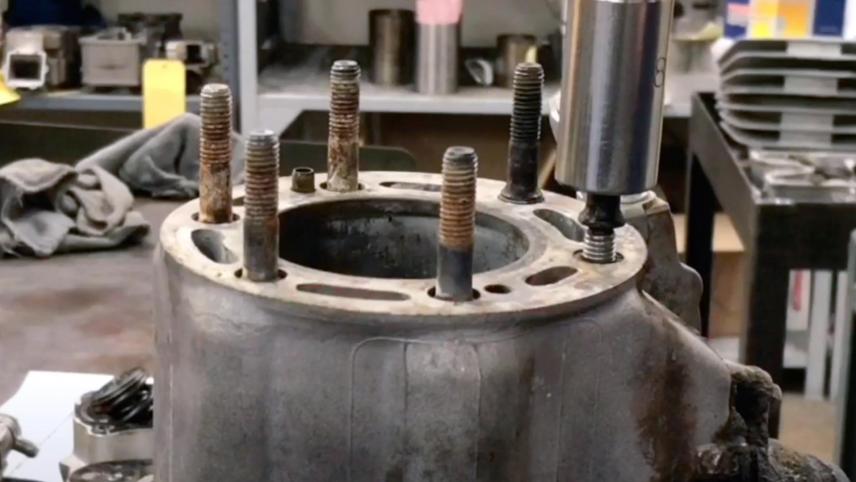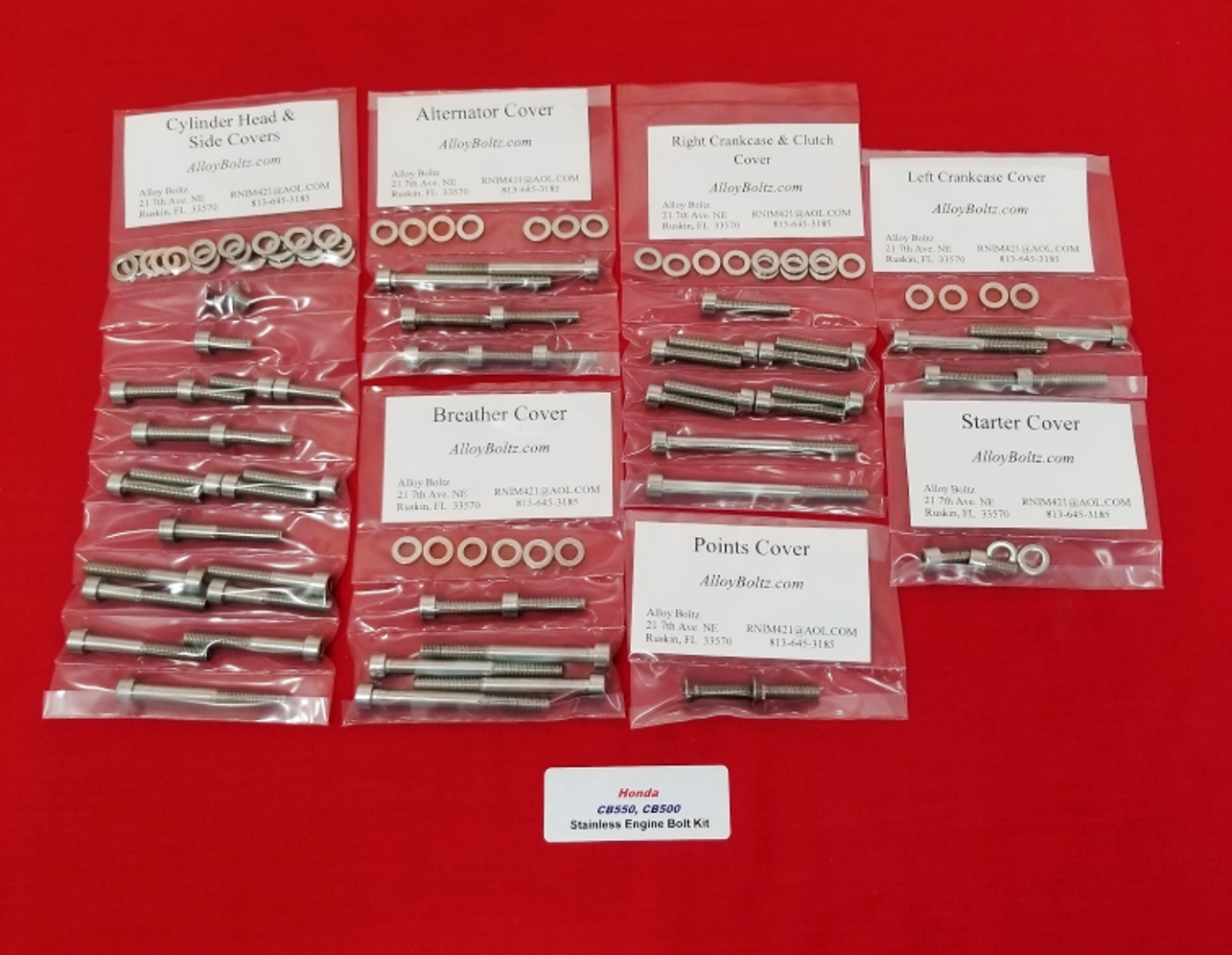


If the oil is gray and smells rancid it probably contains water and if it smells burnt the engine may have seized before the vehicle was laid up. The first thing to do is look at the dip stick to see if the oil pan contains oil, if the stick has water droplets on it then water,has got into the sump. It is worth spending a bit of time to see if the engine can be got running especially if it seems that the vehicle was running without major issues before being laid up.

The 'proper' way is to transport a new project to a workshop and remove,strip down and rebuild the engine. Simply trying to force an engine that has stood for some time to move again can damage them,sometimes beyond economic repair,but many can be restored to running condition.ĭon't make the mistake of using incorrect tools or making do with adjustable spanners etc on corroded fittings.For older vehicles you will almost certainly need imperial based,rather than metric tools. Car engines stored in dry conditions and prepared for laying up with oil in the bores and being turned over every so often can survive well for many years,but at the other extreme,if stood for some time outside or in damp conditions,engines can quickly seize up with corroded pistons and /or rusted bores. Stumbling across a long lost 'barn find' classic car,motorcycle or other machinery is many an enthusiasts dream but long stored cars can bring their own unique problems.

Page by the owners of Baconsdozen Imperial Tools. When the engine is in running conditions it generates a higher vibration due to the motions in the internal parts like crank shaft and pistons, therefore the material has to be able to absorb the vibration energy with out fracturing.Getting a longtime stored or stuck engine to turn again. As if the material is too hard the time and cost for manufacturing increases. When it come to the manufacturing process the material should have good machinability and castability to reduce the time and cost consumed. It should also have a low thermal expansion under high operating temperatures and also a good thermal conductivity to give out the heat in minimum time. The material also should have low density to reduce its weight but with higher strength. In diesel engine its compression ratios are normally 17:1 or greater, but in petrol engine it is nearly 10:1. High strength is mostly concerned in diesel engines because of their high compression ratios compared with petrol engines. They are, the material should contain high strength, modulus of elasticity, wear resistance, ability to withstand vibrations, and corrosion resistance. In order to meet the above functional requirements the material used for manufacturing the product should contain many properties.


 0 kommentar(er)
0 kommentar(er)
